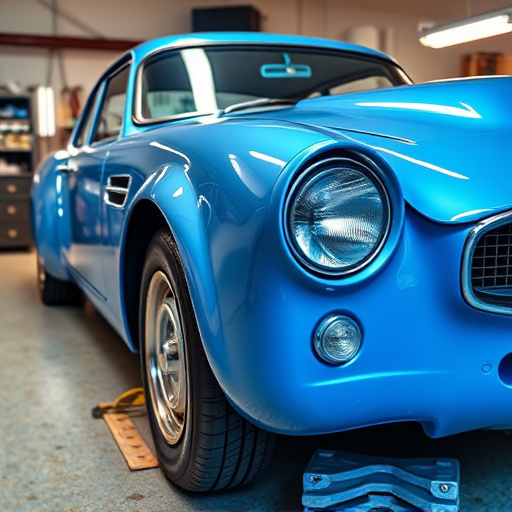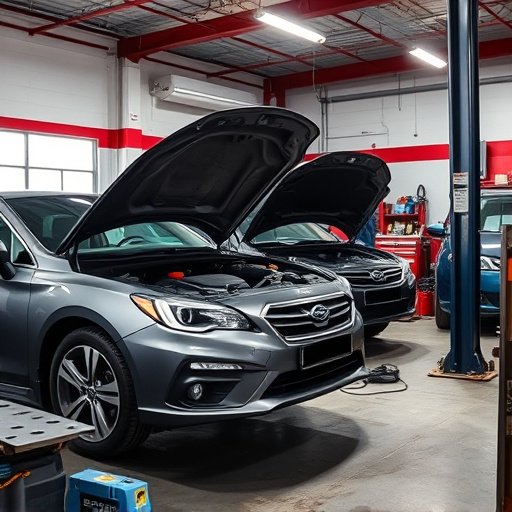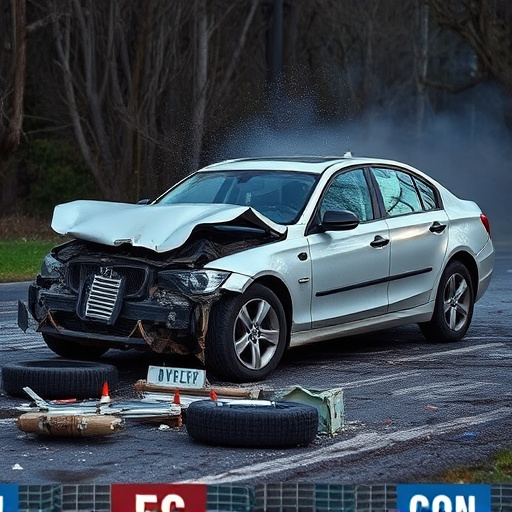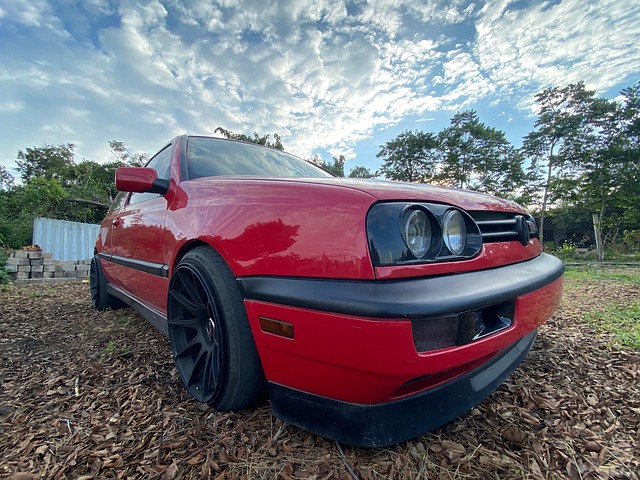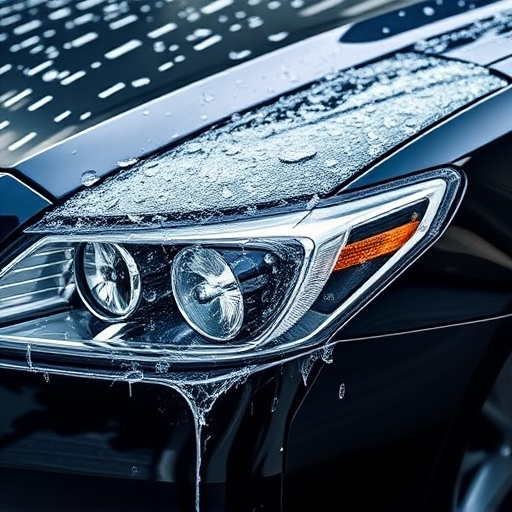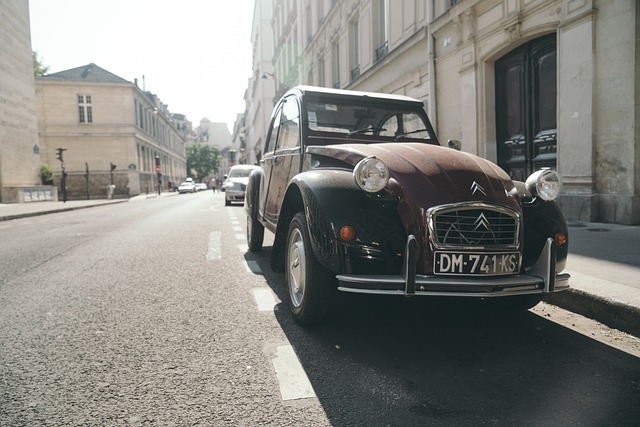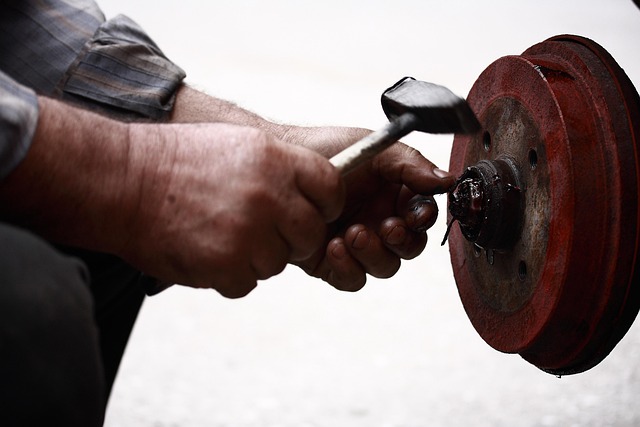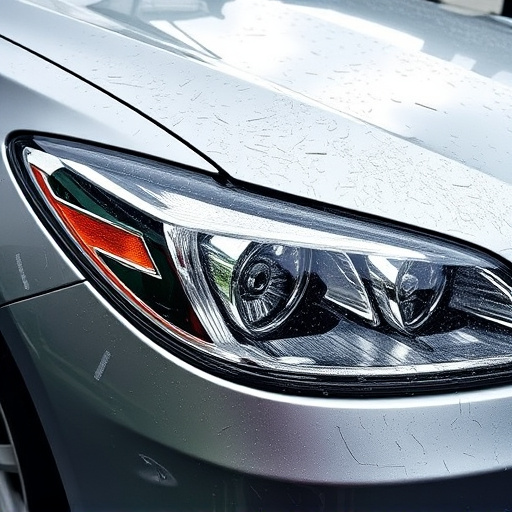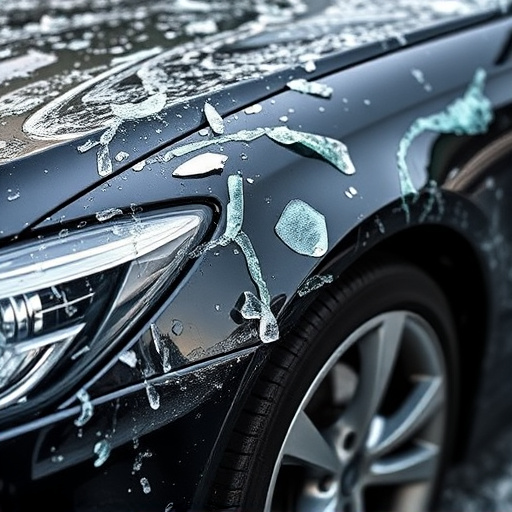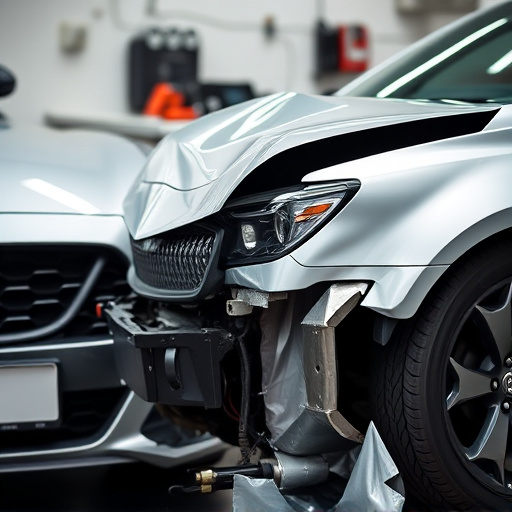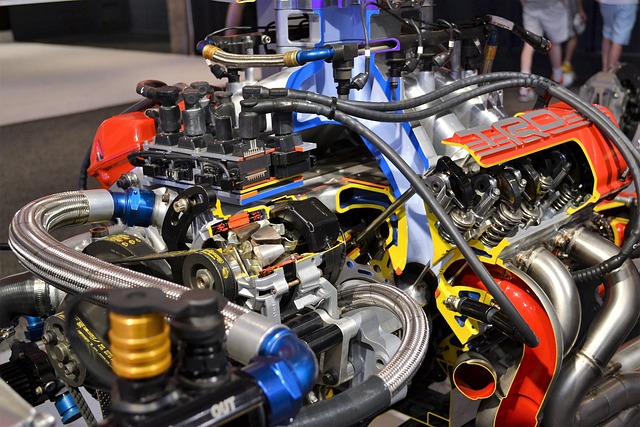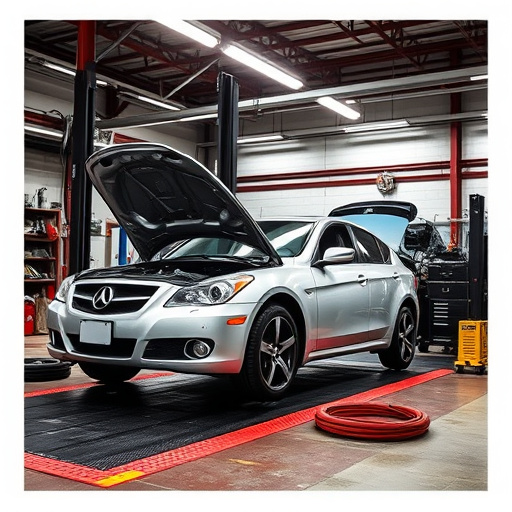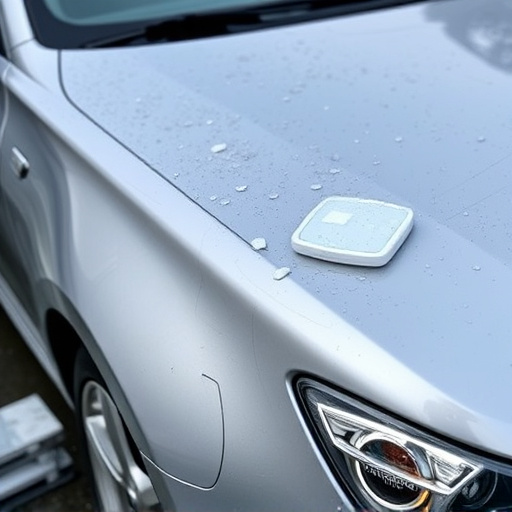Pearl finish restoration is an art of recreating depth and radiance in car or furniture finishes through understanding light interactions and specific layering techniques. Skilled technicians address scratches, dents, and chips using polishing and precise paint application, ensuring structural integrity. The meticulous process involves cleaning, sanding, priming, and multiple thin layers of pearl paint, culminating in a clear coat for both aesthetic appeal and protection.
Uncover the timeless elegance of pearl finishes with our comprehensive guide to restoration. This article demystifies the process, providing insights into the science behind this classic look. We explore common issues plaguing pearl finishes and their underlying causes, offering a clear roadmap for restoration. From preparation to application, learn the step-by-step process ensuring a flawless result. Master the art of pearl finish restoration and breathe new life into your surfaces, preserving their luster for years to come.
The Science Behind Pearl Finish
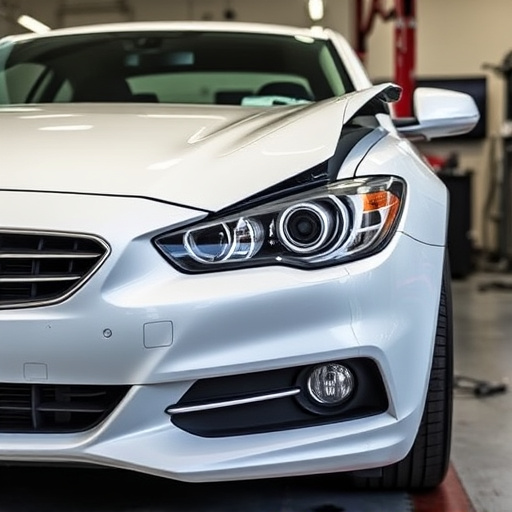
The pearl finish on various surfaces, be it a car’s exterior or furniture, is more than just a glossy coat. It’s a result of intricate optical interactions between light and the surface structure. The science behind this captivating effect involves a unique combination of layers—a base coat, a thin metallic layer, and a topcoat—that work together to create depth and radiance. This layering process is key in pearl finish restoration, as it allows for the precise replication of the original look after wear and tear or damage.
Restoring a pearl finish involves more than just applying a new coat. It requires an understanding of how light interacts with these layers to achieve that distinctive, iridescent sheen. Techniques like polishing and careful application of matching paint help in dent repair and dent removal, ensuring the final result seamlessly integrates with the original surface. This meticulous process not only enhances aesthetics but also preserves the structural integrity of the material, making it a true testament to the art of vehicle repair and restoration.
Common Issues and Causes of Damage
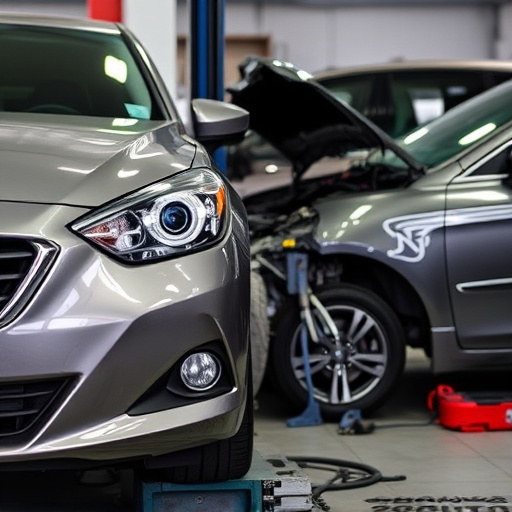
Pearl finish restoration is a delicate process as the smooth, glossy surface can be prone to various issues and damage. Common problems include scratches, dents, and chips, often caused by everyday wear and tear, or more significant events like car collisions or tire services mishaps. These imperfections not only affect the aesthetic appeal but also compromise the protective coating of the vehicle body repair. Over time, exposure to environmental factors such as UV rays, pollution, and moisture can lead to fading, chipping, and a loss of luster, necessitating restoration for optimal appearance and protection.
In cases of severe damage, such as major car collisions or accidents involving tire services, the pearl finish may require extensive repair. Dents and deformities might need professional pounding and shaping techniques to bring the surface back to its original form. Scratches and swirls can be treated with various polishing compounds and buffing methods to minimize their visibility. Proper restoration involves addressing these issues systematically, ensuring a seamless blend of the restored areas with the rest of the vehicle body repair, resulting in a flawless pearl finish.
Step-by-Step Restoration Process
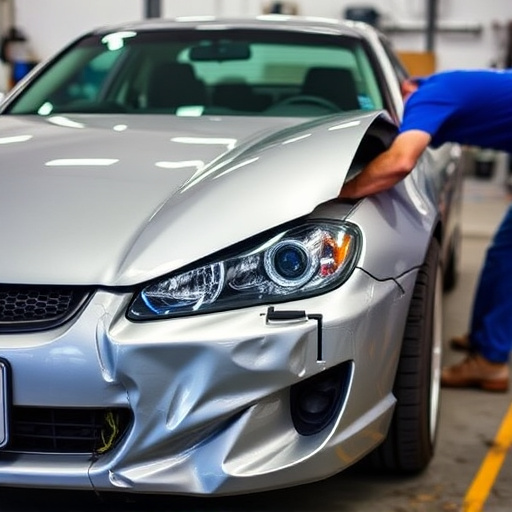
The process of pearl finish restoration involves several meticulous steps to revive the gleam and depth of a surface adorned with this unique coating. It begins with thorough cleaning to remove any dirt, grease, or existing residue that might hinder the new application. This is followed by gentle sanding using specialized abrasive papers designed for delicate finishes, ensuring an even base for the restoration.
Next, priming becomes crucial in preparing the surface for the pearl coat. A high-quality primer specifically formulated for pearl finishes is applied, creating a bond that enhances adhesion and ensures long-lasting results. After allowing the primer to dry completely, skilled technicians apply multiple thin layers of the pearl paint, each layer adding depth and luster. This meticulous layering process is key to achieving the distinctive pearl effect, reflecting light beautifully. Finally, a clear coat is added to protect the finish, enhancing its durability against scratches and fading. This step-by-step approach in auto body repairs ensures that the restored surface not only looks pristine but also stands the test of time, bringing back the allure of a like-new pearl finish in automotive restoration.
Pearl finish restoration is a meticulous process that, when done right, can breathe new life into damaged surfaces. By understanding the science behind this unique finish and familiarizing yourself with common issues, you’re well-equipped to tackle repairs effectively. Following the step-by-step guide ensures a successful restoration, preserving the elegance of pearl finishes for years to come. For those dedicated to maintaining their pearl finish surfaces, these insights serve as a valuable resource for keeping them in pristine condition.
